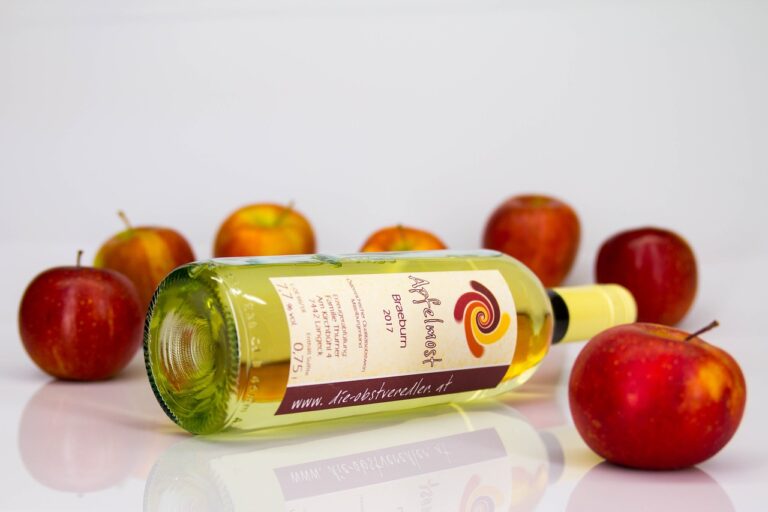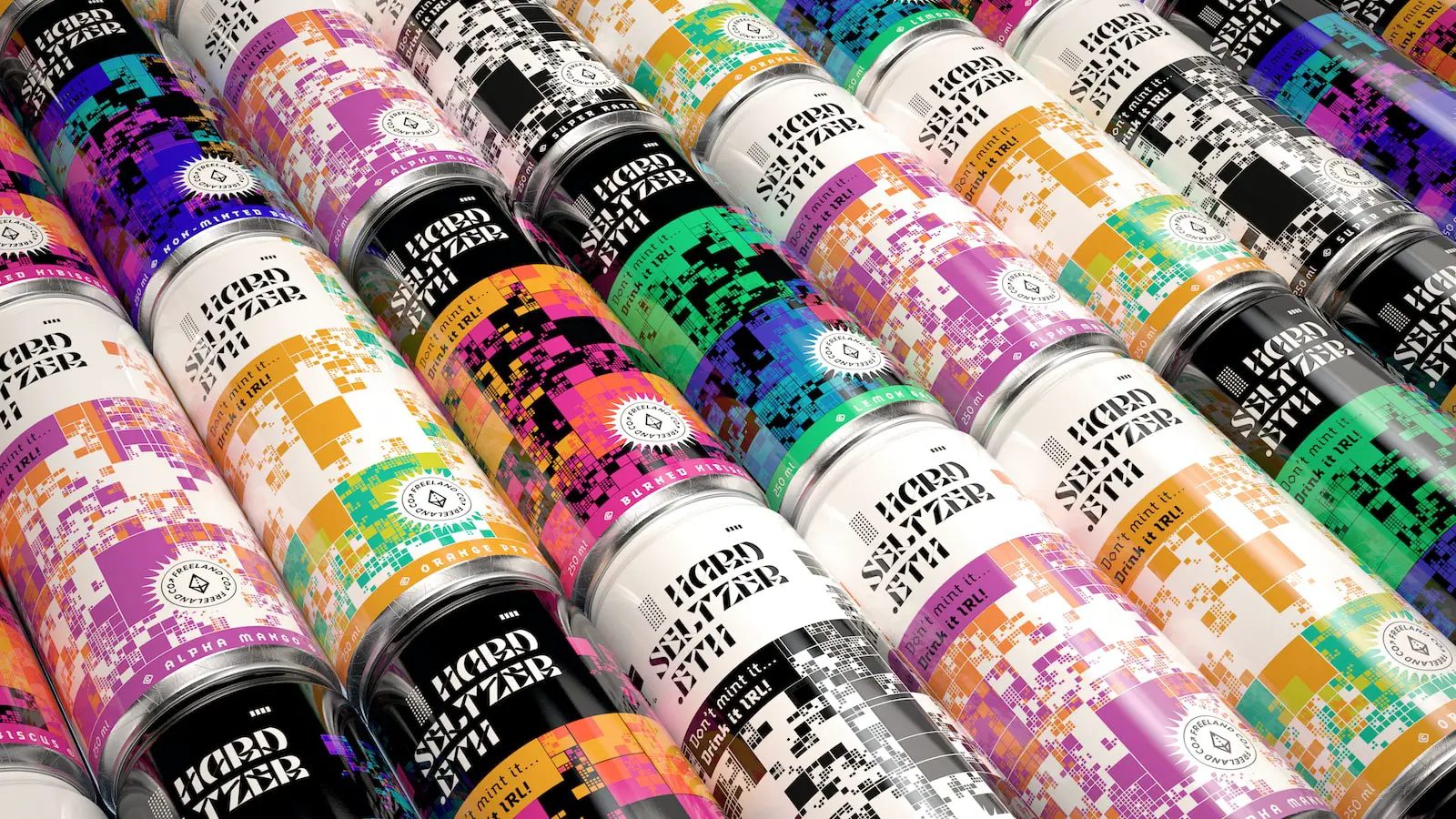Hefeweizen, a German wheat beer, typically has a shelf life of around 6 months if stored properly.
However, the exact lifespan can depend on several factors, such as the specific brand, how it was bottled or packaged, and the storage conditions.
To maximize the lifespan of hefeweizen, storing it in a cool, dark place at a temperature of around 40-50°F (4-10°C) is recommended.
Exposure to light and heat can cause the beer to degrade more quickly and negatively impact its flavor.
What is The Shelf Life of Hefeweizen?
The shelf life of hefeweizen, a German wheat beer, is typically around 6 months if stored properly in a cool, dark place at a temperature of 40-50°F (4-10°C).
However, consuming hefeweizen fresh is best to appreciate its unique flavors and aromas fully.
How Long Should a Hefeweizen Ferment?
The fermentation time for hefeweizen can vary depending on several factors, such as the yeast strain used, the fermentation temperature, and the final beer’s desired characteristics.
However, as a general guideline, the fermentation process for hefeweizen can take around 5-7 days.
During this time, the yeast will consume the sugars in the wort (the mixture of water and malted barley) and produce alcohol and carbon dioxide.
After the primary fermentation, the beer is typically transferred to a secondary fermentation vessel for further conditioning and maturation.
How Do You Store Hefeweizen?
To store hefeweizen properly, it’s important to keep it in a cool, dark place away from direct sunlight or heat sources. Ideally, the temperature should be between 40-50°F (4-10°C).
This will help prevent the beer from spoiling or developing off-flavors.
Storing the beer upright is also recommended to prevent the yeast and sediment from settling on the bottom of the bottle, which can affect the beer’s flavor.
Additionally, it’s important to keep hefeweizen away from strong odors as it can absorb them from other items stored nearby.
Therefore, storing the beer in a dedicated space free from any strong odors is best.
Why Is My Hefeweizen Sour?
If your hefeweizen tastes sour, it’s likely due to a bacterial infection during brewing. One of the most common causes of sour beer is an infection by Lactobacillus bacteria, which can create lactic acid during fermentation, resulting in a tart or sour taste.
Another possible cause of sour beer is contamination with wild yeast, such as Brettanomyces, which can produce acetic acid and other sour-tasting compounds.
To prevent sour beer, it’s essential to maintain proper sanitation practices during the brewing process and carefully monitor the fermentation temperature and conditions to avoid contamination by unwanted bacteria and yeast.
Using a quality yeast strain and properly storing the beer after brewing can also help prevent sour beer.
Is Hefeweizen a Winter Beer?
Hefeweizen is not typically considered a winter beer. It’s more commonly enjoyed as a refreshing, light, and flavorful beer during the warmer months.
Hefeweizen’s fruity and spicy notes and effervescence make it a great choice for warm weather or outdoor activities.
That being said, some breweries may offer hefeweizen winter versions with additional spices or higher alcohol content, making them more suitable for colder weather.
However, this is not a common practice, and hefeweizen is generally enjoyed as a summer beer.
What Country Is Hefeweizen From?
Hefeweizen is a wheat beer that originated in Bavaria, a region in southern Germany.
The beer is traditionally brewed with a high proportion of malted wheat and a distinctive yeast strain that produces the beer’s characteristic flavors and aromas.
Hefeweizen has been brewed in Bavaria for over 500 years and is still a popular beer style in Germany and worldwide.
Do You Drink Hefeweizen Cold?
Yes, hefeweizen is typically served cold, usually between 40-50°F (4-10°C), depending on personal preference.
The refreshing and light nature of hefeweizen makes it an ideal beer to enjoy cold, particularly on a hot day.
However, it’s important not to over-chill hefeweizen, as this can suppress the beer’s flavors and aromas.
So, it’s recommended to chill the beer to the desired temperature and let it sit at room temperature for a few minutes before drinking to allow the flavors to develop fully.
What’s Another Word For Hefeweizen?
Hefeweizen is a German term that translates to “yeast wheat.”
This beer style is also known as “weissbier” or “white beer,” which refers to its hazy, light-colored appearance.
Another term for hefeweizen is “Weizenbier,” meaning “wheat beer.”
Is Hefeweizen Bitter?
Hefeweizen is not typically a bitter beer. Instead, it’s known for its fruity and spicy flavors, with notes of banana, clove, and sometimes citrus.
Hefeweizen is brewed with a specific type of yeast that produces these flavors, and the yeast also contributes to the beer’s hazy appearance.
While hefeweizen is not usually bitter, some brewers may add a few hops to balance the sweetness and enhance the beer’s overall flavor.
However, the bitterness in hefeweizen is usually very mild and not a dominant characteristic of the beer.
Is Stella Artois a Hefeweizen?
No, Stella Artois is not a hefeweizen. Stella Artois is a Belgian pilsner, a lager beer originating in the Czech Republic.
On the other hand, Hefeweizen is a wheat beer that originated in Germany.
While both beer styles may have some similarities, they are distinct with their own unique characteristics, including differences in their ingredients, brewing process, and flavor profiles.
How Old is Hefeweizen Beer?
Hefeweizen beer is a type of wheat beer that has been brewed in Germany for centuries, and its exact origins are unclear.
However, it is believed to have been first brewed in Bavaria, a region in southern Germany, in the 16th century.
The style became more popular in the 18th and 19th centuries and is now one of the most well-known beer styles in Germany and worldwide.
Today, hefeweizen is produced by many breweries worldwide, but it is still most closely associated with its Bavarian roots.
Final Thoughts
Hefeweizen is a German wheat beer traditionally served cold with fruity and spicy flavors. It’s not typically bitter and is best consumed fresh. Sourness in hefeweizen can be caused by bacterial infection during brewing, which can be prevented with proper sanitation.










